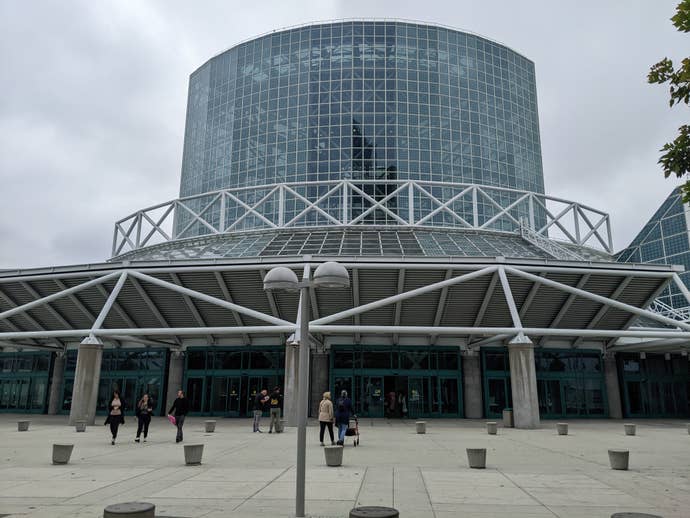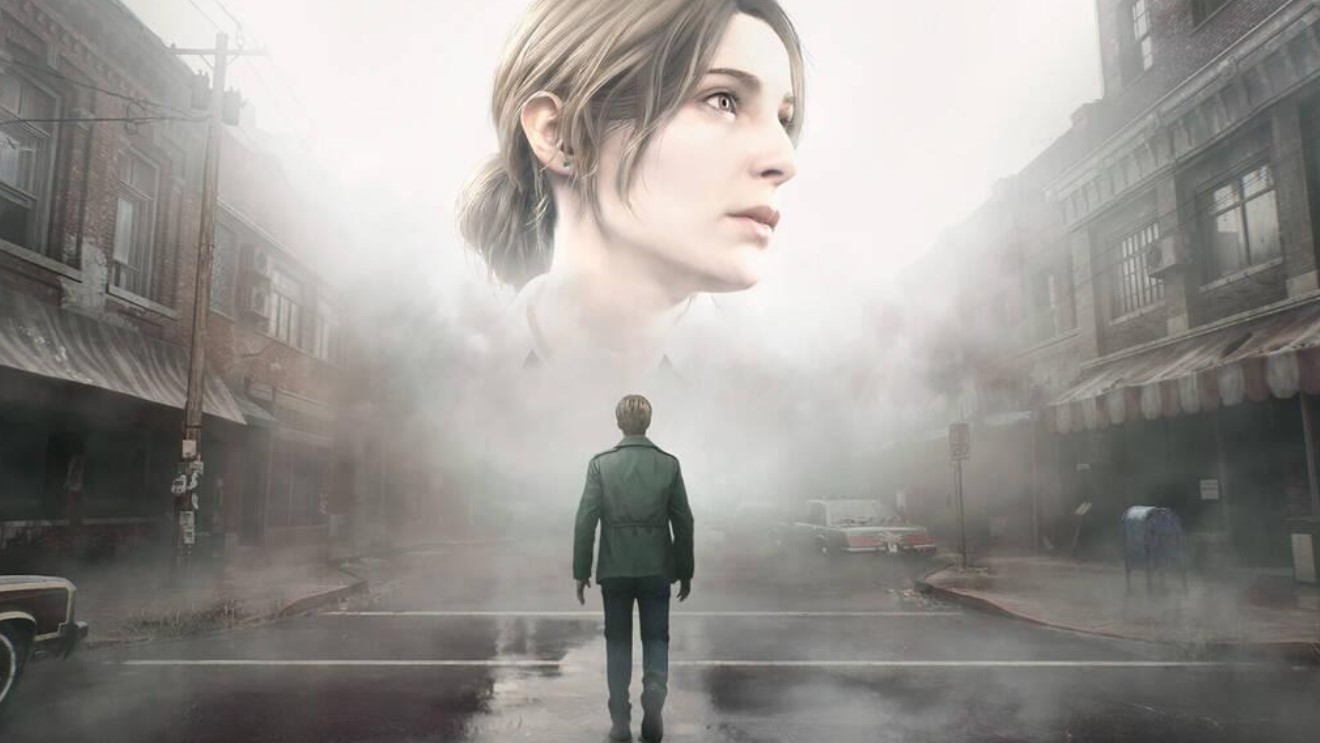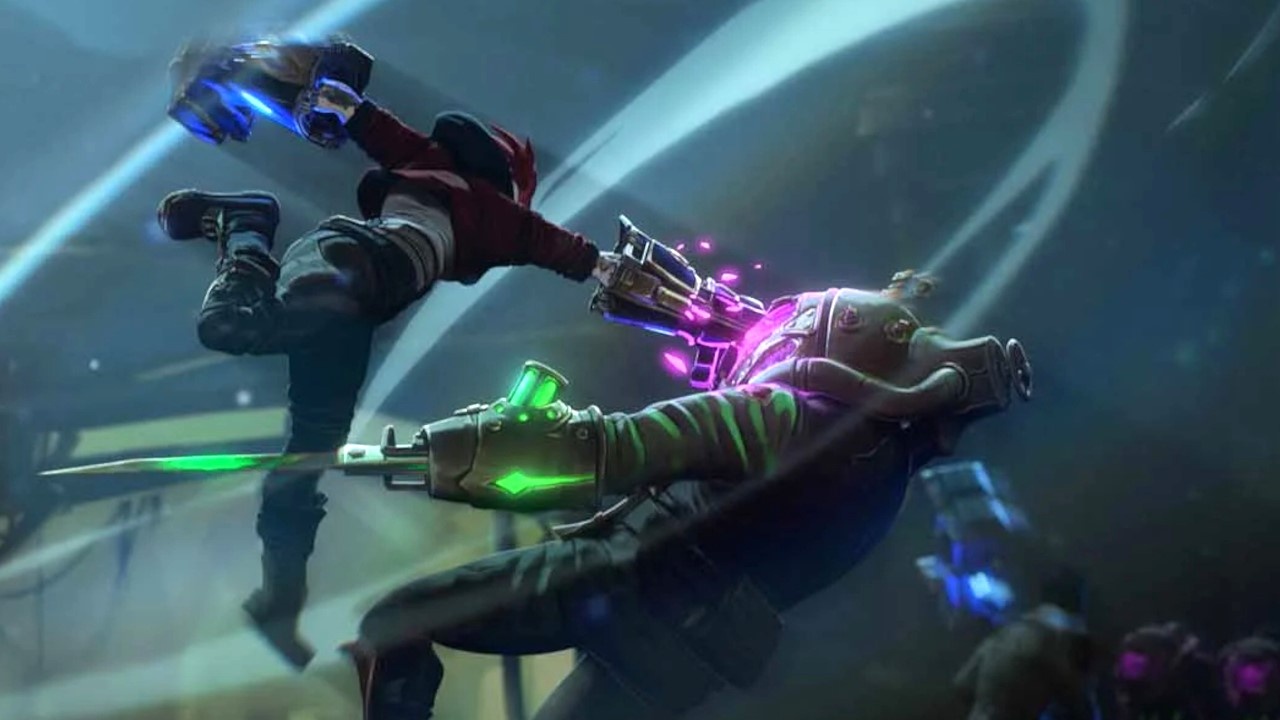E3 is a horrible, loud, expensive nightmare – but there is undoubtedly a magic to it. Thinking about it gives me a headache, but this is Nostalgia Headaches – I will forever mourn this old, crazy model. It will never come back – but this week, I think we’ve seen a glimmer of what the future could and should look like.
I just spent a week in Los Angeles attending Summer Game Fest, which for this article refers not only to Geoff Keighley’s event but to all the wider events around LA. For the sake of this discussion, we’ll call it “the new E3.”
Manage Cookie Settings
Kelly’s event is like a big draw for others to attend, and this week Los Angeles is hosting the SGF stage show and live broadcast, as well as “Play Days” campuses where many publishers set up shop, similar activities provided by my colleagues at IGN Live, and separate event spaces from Ubisoft and Xbox. Other publishers are camped out in hotel rooms for top-secret hands-on experiences and so on.
None of this can compare to E3. But it does feel like something has emerged from the cloud of E3’s ominous doom. And what has emerged is… kind of good? Some of this might be a little insider, a little business-to-business – but I think it’s worth talking about because I know some of you are very interested in how this industry works. So let’s just do that, shall we?
From my perspective, as a decade-long veteran of E3, countless Gamescoms, and more, the “new E3” week in Los Angeles captures the essence of the old E3 very well. The various campuses are convenient, manageable spaces. On several occasions, my colleagues and I marveled at the fact that we were actually on the “show floor” of a gaming event and that we couldn’t talk without yelling at each other. I could listen back to my interviews with developers without being drowned out by the 140-decibel sound of the latest Splinter Cell trailer playing next door.
This has always been a problem at E3—an arms race between these stupidly oversized booths, each louder and more outrageous than the next. Publishers spend more and more money trying to attract attention and impress—until suddenly, executives realize it’s a waste, and the show’s ecosystem collapses. EA abandons its oversized booth, and Square Enix rushes in to take that oversized booth. A few years later, Square realizes the expense was stupid, too. It was the first sign that E3’s life was fading; there was little waste this week.
I have to give special thanks to the Play Days Campus, which had a really great atmosphere despite being located in a rather seedy part of town. It was easy to find food and drinks here, whereas at E3 I was basically starving all day, too busy to eat, and maybe wolfed down a cold pizza stolen from behind the Konami business booth. Likewise, I really enjoyed Microsoft’s event space. An event held in a lavish venue that was meticulously decorated, with executives mingling with the rest of us mere mortals in a surprisingly relaxed way, it exuded the energy of the old E3, with a slightly exaggerated touch. Although the Xbox presentation was pre-recorded, it was played in a theater at that event, with fans cheering as if the whole world could see them. While I was there, I felt like a little bit of the old E3 was still there – but not so much that it triggered my stupid event PTSD.
Ultimately, there are many reasons why E3 failed. A big part of it was a lack of industry consensus – different publishers and stakeholders had different requirements for the show. The ESA had a responsibility to please everyone, but naturally failed to do so – because you couldn’t. It was impossible. But what’s interesting is that this new world feels a little more democratic than when the summer show was run by an industry body that was designed to be neutral.
The idea of one man controlling one of the most important events on the gaming calendar is scary – but the reality this week is that he doesn’t. You have Keighley’s SGF and Play Days, but you also have IGN Live. Xbox and Ubisoft both do their own thing. Companies exhibit at one or more of those shows – or mix and match. Xbox has its own event space and does most of its events there, but has smaller events at both Keighley’s and IGN’s shows; Phil Spencer and Sarah Bond are sure to go and make appearances at both events in a show of solidarity. Ubisoft does the same, controlling its message in its own event space but still showing games at the SGF stream – and so on.
Publishers do not seem to be focusing on this weekThat’s true, too. At E3, usually everything gets announced in a big press conference on Sunday, and then shown off on the show floor. Often, smaller games get lost. This week, I saw a number of games that I won’t even be able to talk about for another week, two weeks, or longer. If you’re feeling a little lacking this “gaming Christmas” at home, know that you haven’t unwrapped all the presents yet. Spreading it out this way is good for everyone – each game gets a chance to breathe, and those of us on the publisher side marketing them or covering them in the press aren’t so hectic and nervous. It’s all a win-win.
This, I think, is a template that can work. The answer seems to be a series of interconnected, interactive, collaborative, and competitive events, rather than a single event in a giant, overheated, crowded venue where a slice of cardboard pizza costs $20. That way, individual publishers or brands can feel like they have choices about how they structure their week – but the benefit to the industry is that everyone will be in the same city, in the same space, at the same time. Hopefully, the competition between the different branches of the “new E3” will help us – competition that will push each event slightly higher in value, delivery, and quality.
Of course, with the event spread out, those covering it on the ground will have to navigate through some of LA’s busiest traffic to get from one location to the next. But if past E3s have proven anything, it’s that we all love to collectively complain about things. And the content still turns out pretty good in the end.
The week of the “new E3” event has grown — and I expect it to grow even better next year. How good things really are will always depend on the wider market and release schedules — but I have high hopes for next year. What’s needed now is more companies participating. If Sony and Nintendo have campuses similar to what Xbox has next year, then it might feel like the good old days are back — just without taking up a lot of the worst parts of the show at the LA Convention Center. Regardless, I think my annual pilgrimage to LA for gaming is back — and I’m excited for it.








